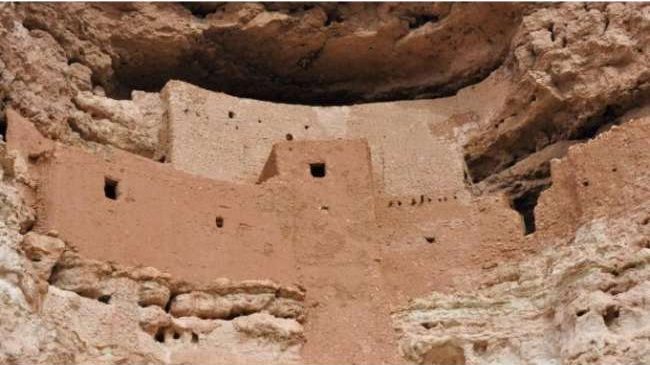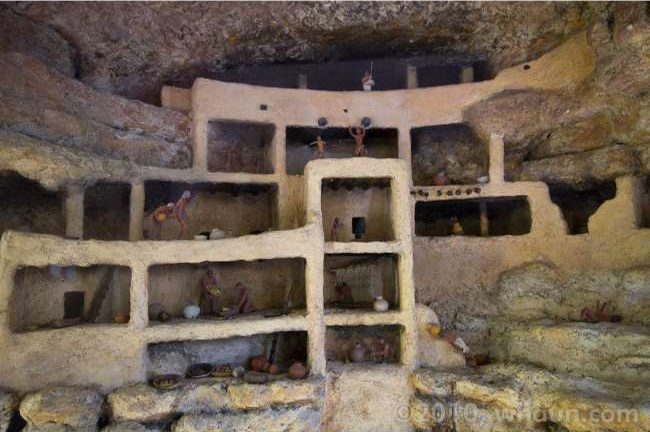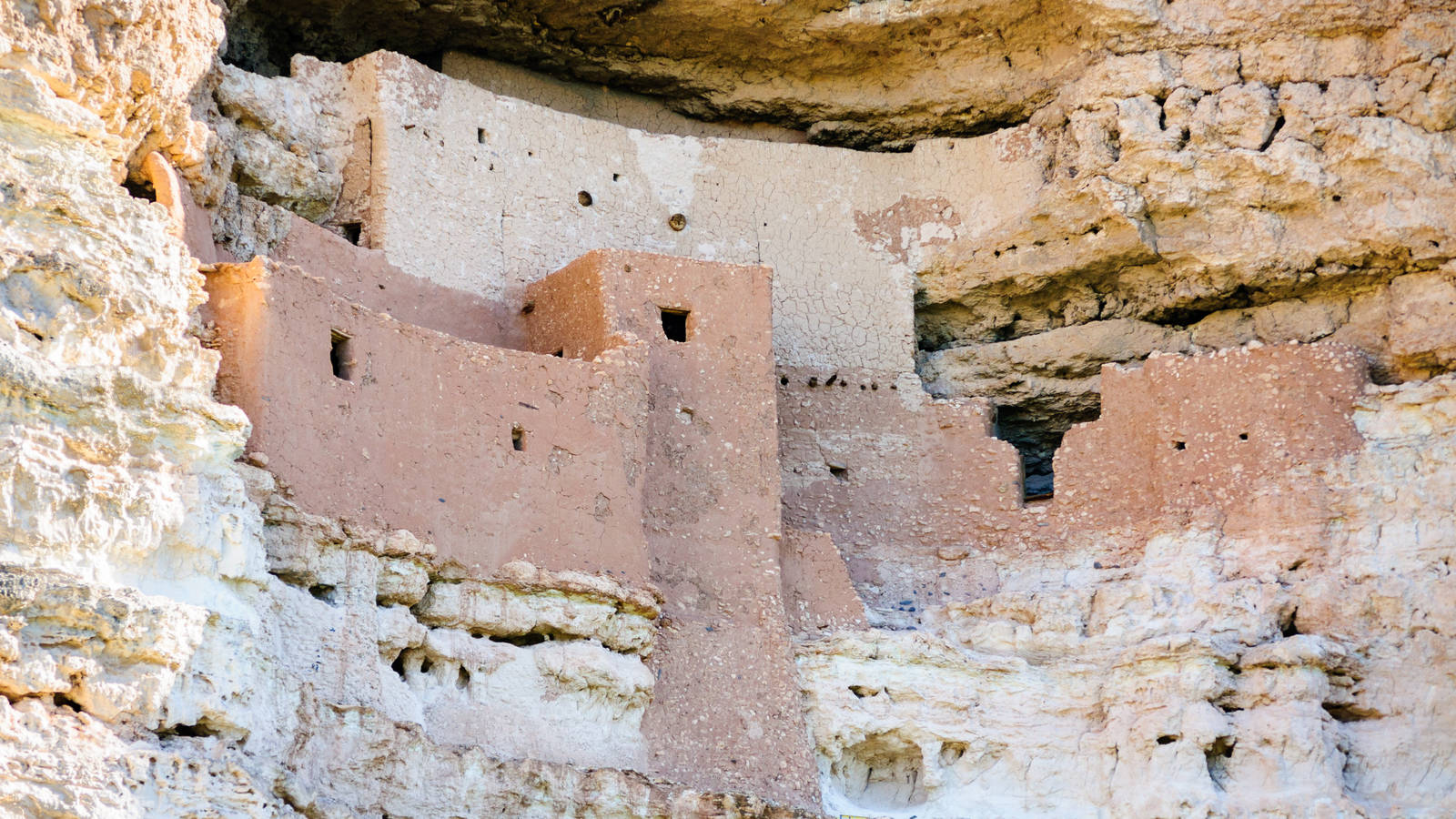A Guide To Montezuma Castle National Monument
Montezuma Castle is just one of a variety of well-preserved old dwellings in north main Arizona. Consisting of the Wupatki, Tonto, Walnut Canyon, as well as Tuzigoot nationwide monoliths. It is most likely the most spectacular; an imposing 20 area, 5-story framework constructed right into a recess in a white limestone high cliff regarding 70 feet above the ground.

When initially (re)found the ruins were thought to be Aztec in beginning. Therefore the name presented on them by very early explorers. But they are now understood to come from the Sinagua Indian individuals that farmed the surrounding land. In between the twelfth as well as fourteenth centuries, prior to abandoning the area.
The great state of preservation of the ruins is due partly to their safeguarded location. Secured from rain and sun, as well as also the fairly very early designation of the site as a national monolith (in 1906).
The National Monument
The castle is located just 2 miles from I-17 (exit 289; north Camp Verde – see map) at the end of a side street that winds across flat scrubland. And also down into the wooded valley formed by Beaver Creek. A small stream, yet a reliable source of water all year round and for this reason a good locality for the Sinagua to develop a residence.
The national monument has a visitor center with a little museum and bookstore, from where a short smooth nature trail leads past the ruins, which are not noticeable from the technique roadway, then loopholes back alongside the creek. Concerning 50 feet west of the main mess up is a much less well managed complicated called Castle B, consisting of a few rudimentary rooms additionally on a number of levels.

The land surrounding the course is semi-cultivated, planted with fine examples of cacti and other local plants. There is a barbecue site near the site visitor facility, in the color of huge sycamore trees neglecting the creek. Given that 1951, visitors have not been allowed to climb up to the damages due to their unstable condition so there is very little to do besides stroll the loop path. And also take a few photographs yet the website is absolutely worth a see. Expedition far from the course is not permitted.
Montezuma Well
A separate part of Montezuma Castle National Monument exists 7 miles northeast. Montezuma Well is a flooded sedimentary rock sink hole 55 feet deep created by the collapse of a huge underground cave. Admission to the well is totally free, though the cost for the main website (2020) is $10 per grownup, likewise covering entry to Tuzigoot National Monolith.
The well is reached from exit 293 of I-17, along a winding course through spread houses. That ends up being unpaved at the service road to the monument. Then passes a barbecue area and structures of a Hohokam pit home. Now secured by an iron roofing system, before ending at a carpark as well as tiny cabin with rangers present.
Paths Around the Well
The water level in the well is kept year-round by below ground springs. And so the lake was a noticeable location. For the regional-Indians to live near, as apparent from numerous ruins scattered-around location, and residues of an ancient irrigation system.
From the carpark a fifty percent mile loop trail leads first. To the south side of the well and down to the water’s side. Which is a great place to observe the Sonoran mud turtles (currently under threat from an invasion of non-native red eared turtles) that populate the greenish pool.
Under the high cliff edge the Sinagua developed several stone cliff dwellings. Some quite well-preserved, while the bordering edge has various other sites that currently are just messed up piles of stones. The course proceeds across a plateau and also down to the exit network of the well. Where water emerges from the base of a sedimentary rock high cliff and also flows down a brief ditch lined. With white-barked Arizona sycamore trees prior to joining the permanent stream of Damp Beaver Creek. Similar To Montezuma Castle, the well does not take lengthy to check out yet is a worthy stop. One compositional note; the lake is simply as well big to photo all of it without a wide-angle lens. Or merging of 2 different images.






